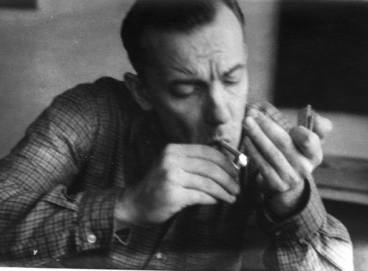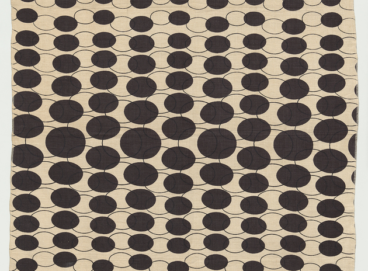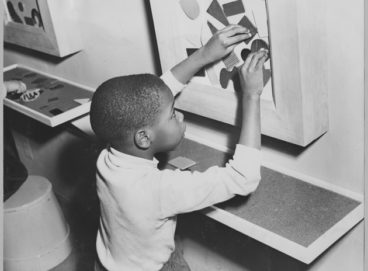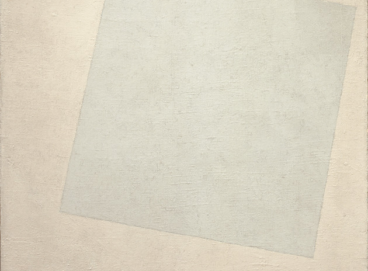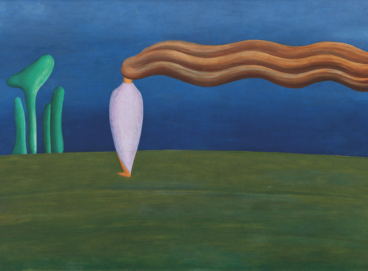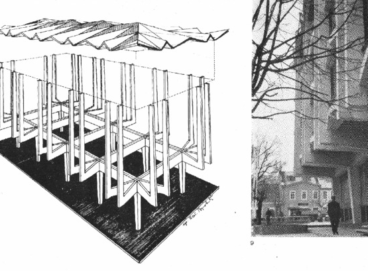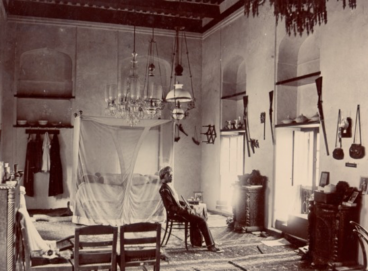Baltic Exile and Emigrant Communities: Hell’s Kitchen Collective in New York
Andra Silapētere introduces two key figures of the Hell’s Kitchen group of Latvian exile artists in New York. The work of the group will be featured in an exhibition at James Gallery of the CUNY Graduate Center as part of a series of exhibitions on Latvian emigrant artistic communities, Portable Landscapes, organized by the Latvian Centre for Contemporary Art.
